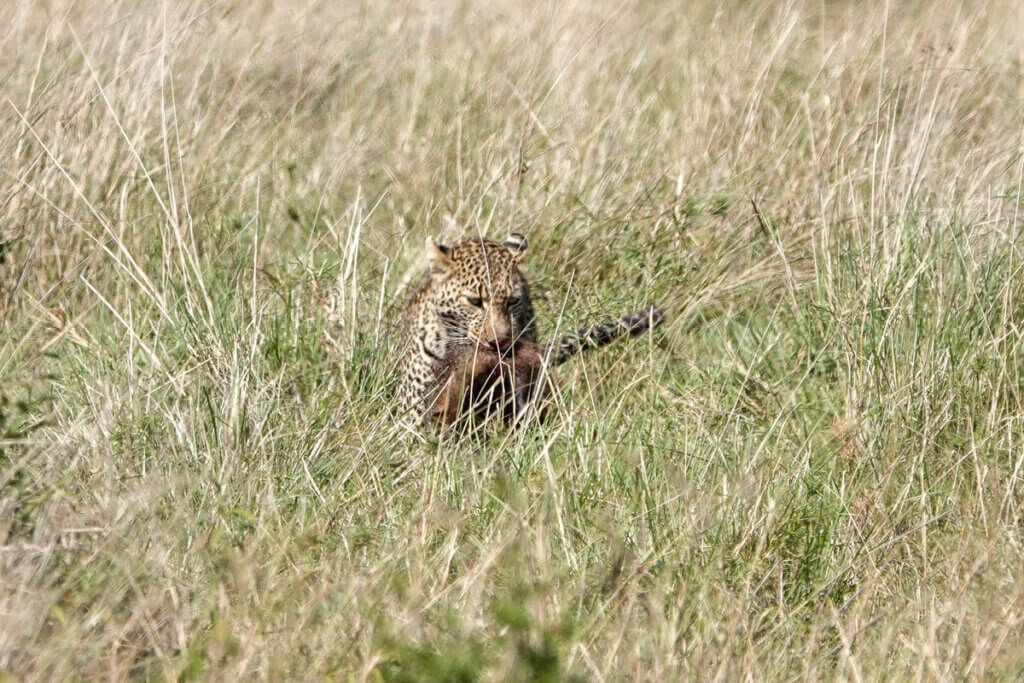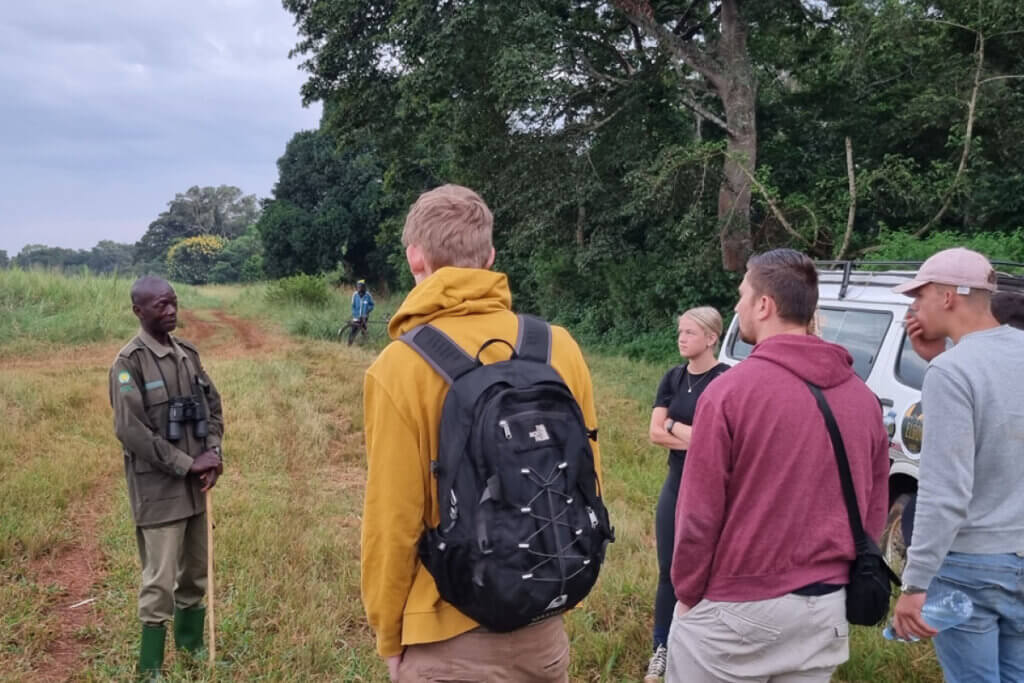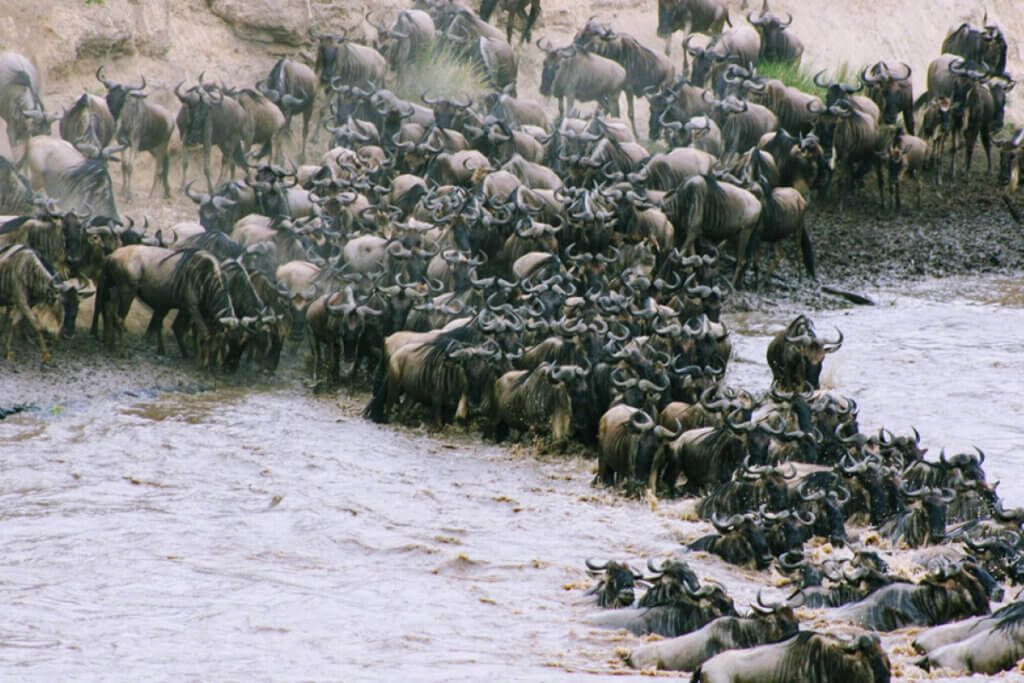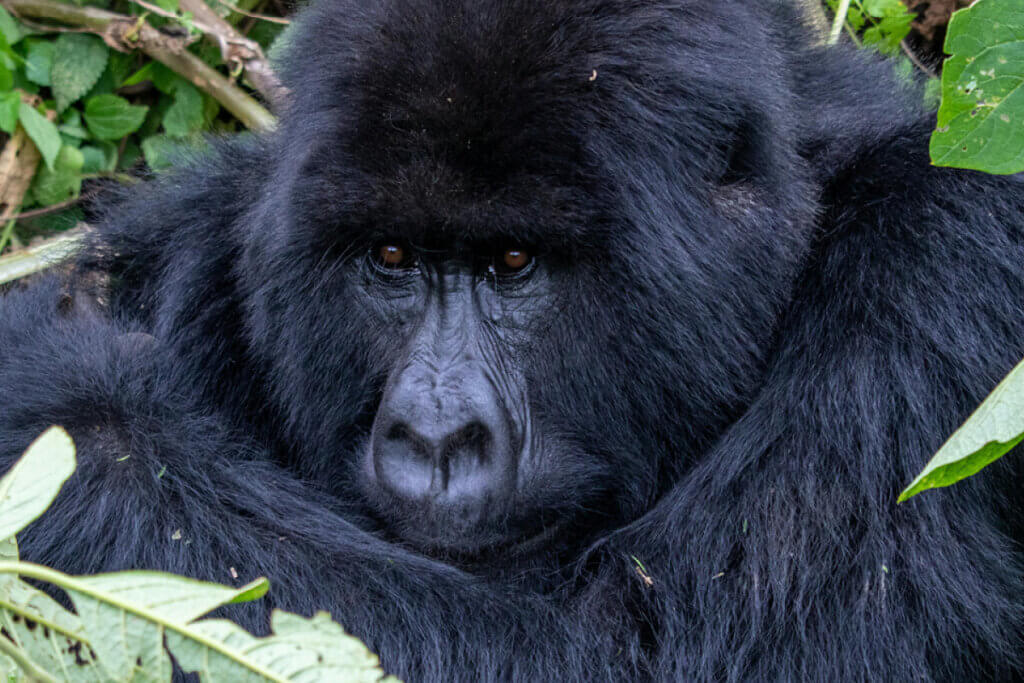Planning your trip to Uganda, Kenya or both? One of the first questions travellers ask is: when is the best time to visit East Africa? The answer depends on your goals — whether you dream of game drives, gorilla trekking, birdwatching or simply the comfort of drier days.
Seasons here don’t follow the traditional four; instead, they’re shaped by wet and dry periods. Knowing how they affect landscapes and wildlife will help you choose the right moment for your adventure.

In Uganda, February can be hot and dry, but overall the climate remains balanced. Even in rainy months, safaris are still possible.
The Great Migration in the Maasai Mara usually peaks between July and September.

Both countries offer rewarding safaris year-round, but conditions vary.
May – October
October
This period is often ideal: alive, green, but not too wet — with lions, elephants and more in full view.
Gorilla trekking in Bwindi Impenetrable Forest and Mgahinga National Park is possible year-round, but the dry months are best:
Trails are less slippery, visibility is better, and the hike is easier. But gorillas never migrate — they remain in the forest throughout the year.
Important tip: Permits are strictly limited (8 people per group per day) to protect the gorillas. Booking well in advance is essential.
One of the most spectacular natural events is the Great Migration — the annual movement of millions of wildebeest and zebras across the Serengeti and Masai Mara. If this is high on your bucket list, it helps to know when and where the herds are likely to be.
But timing shifts with rainfall. If grass grows earlier in Kenya, the herds may arrive sooner. If rains return quickly to Tanzania, they leave earlier. Nature sets the rhythm. For the latest updates, visit the Mara Conservancy website.
Absolutely — for the right traveller.
Highlights of the rains:
Considerations:
“It rains hard, but brief — afterwards the air is cool, the land refreshed, and the sky alive with colour.”


Uganda is a true birder’s paradise with over 1,000 species. Many are year-round residents, while others migrate seasonally.
Birding tours are best planned with migration charts in mind — we always check them before confirming departures.
There’s no single “best” moment — it depends on what you want to feel and experience.
At Ebonjalo, we don’t just look at your dates. We ask what you want to experience, and then help you find the right moment for your story.